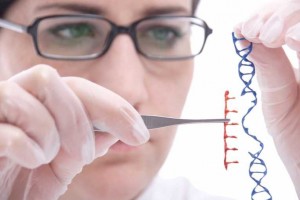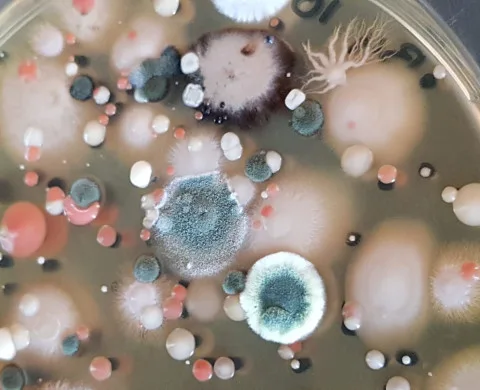As increasingly more species in the animal kingdom are haunted by the ghost of extinction, scientists are researching on some pretty drastic interventions to reserve threatened life. After its successful use on plants, facilitated adaptation through genetic engineering is considered as a practical option for now.
In a recent article of mine, A Spotlight on Evolution, I shed light on environmental changes causing Bonbos to move and get redistributed into new places due to anthropogenic environmental changes, which significantly affected their behavior. New research is now focusing on moving genes into populations, instead of moving whole populations, with the hope of getting more efficient results.
Genetic engineering could be done through various procedures, all of which hold benefits as well as risks to the genetically engineered species. According to scientists Michael A. Thomas, Gary W. Roemer, C. Josh Donlan, Brett G. Dickson, Marjorie Matocq, and Jason Malaney, such interventions could introduce harmful species or cause outbreaks of disease. The researchers further reported that the safest method of currently used genetic engineering methods is directly transferring adapted alleles (i.e., one of a number of alternative forms of the same gene or same genetic locus) into a threatened population.
A serious concern is that even the possibility of using genetic-engineering tools to rescue biodiversity will encourage inaction with regard to climate change. Before genetic engineering can be seriously entertained as a tool for preserving biodiversity, conservationists need to agree on the types of scenario for which facilitated adaptation, managed relocation and other adaptation strategies might be appropriate, and where such strategies are likely to fail or introduce more serious problems.
In an ideal situation, intervention should target the root of the problem, that being human activity which is directly and indirectly threatening the existence of natural life. However, this may be far-fetched right now considering that despite all evidence; some still suspect the human role in climate change. This raises the need for strong evidence, proper education and strict laws. And in the meantime, it is important that genetic engineering is used in discretion when most needed, instead of randomly testing its use when other less intrusive options are viable, or where there is more negative than positive outcomes of the procedure.
Nevertheless, when everything else has been taken into consideration, it is of utmost importance to remember that extinction is part of the cycle of life as we know it, accordingly, we should maintain tempering with nature to a minimum.
More information on this could be found here: Nature
1): Feero WG, Guttmacher AE, Collins FS (May 2010). “Genomic medicine–an updated primer”. N. Engl. J. Med. 362 (21): 2001–11. doi:10.1056/NEJMra0907175. PMID 20505179




